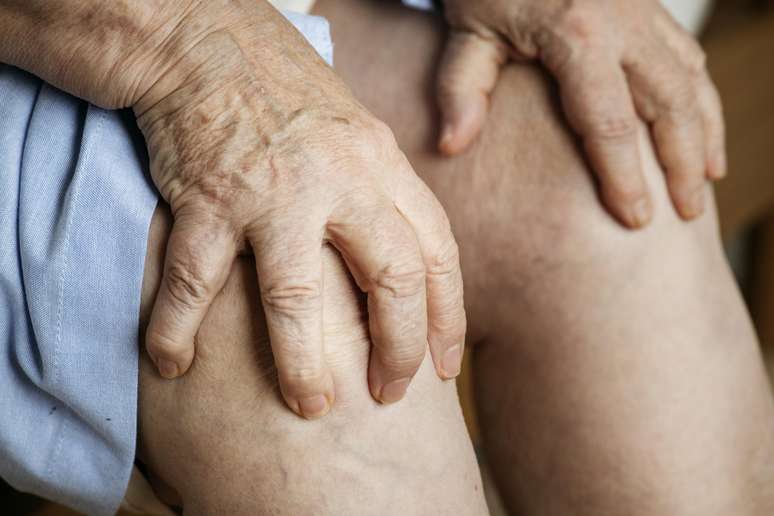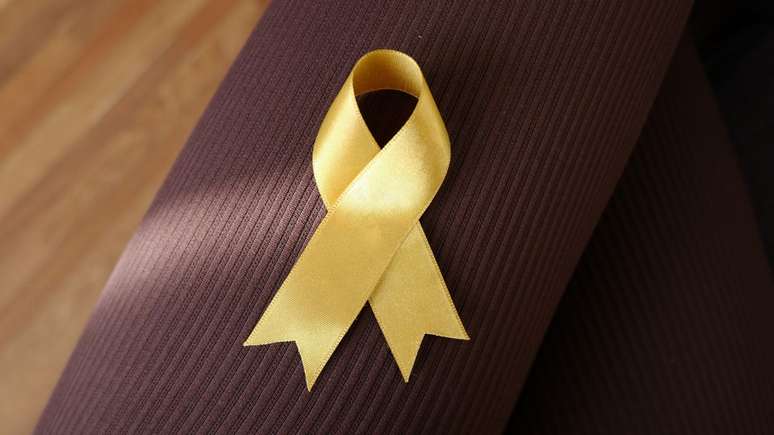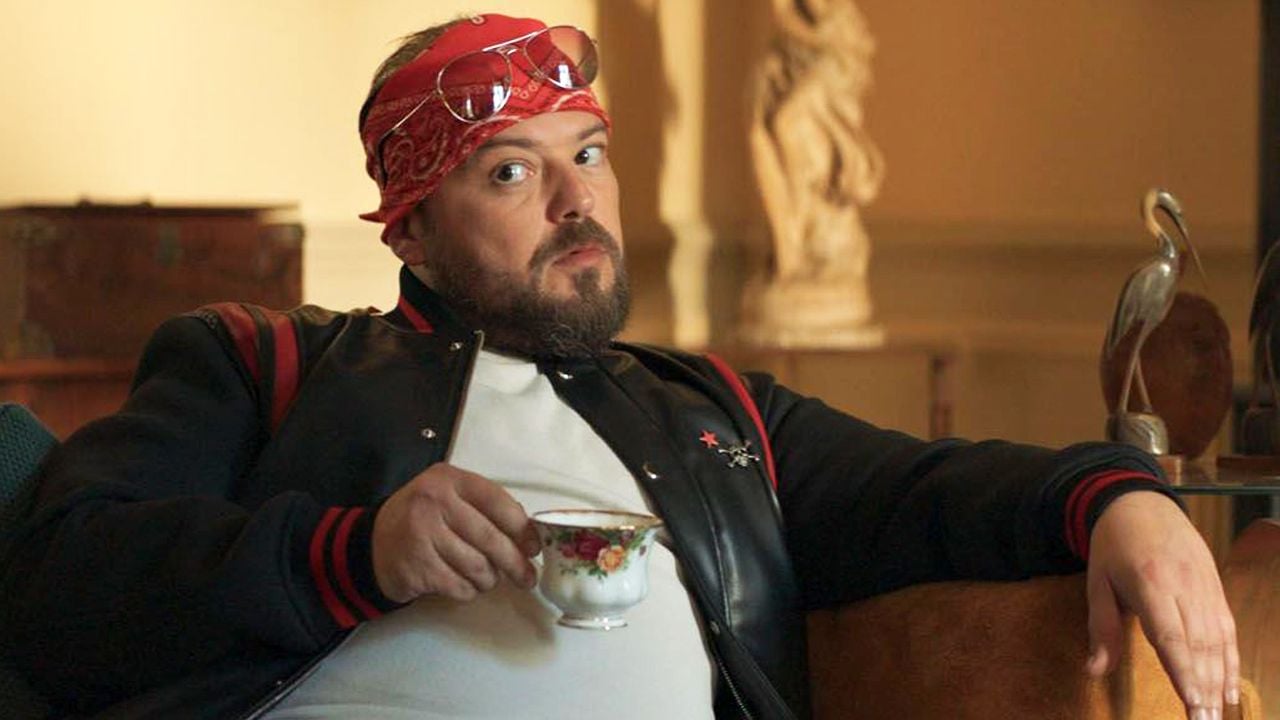Professionals point out movements to improve circulation in the legs and explain why they should be a priority
For some people, the varicose veins They are not just an aesthetic issue. Symptoms of dilated and tortuous veins, which generally affect the legs and feet, especially in women, can cause pain, discomfort and circulatory problems.
Second Carol Mardegan, vascular doctor and member of the SBACV, varicose veins are often caused by a combination of factors. “Genetic predisposition, weakness of the venous walls, problems with the venous valves and lifestyle factors such as sedentary lifestyle and obesity can contribute to the development of varicose veins. Furthermore, advanced age and pregnancy can also increase the risk”, he summarizes.
And, although it is a well-known condition, the professional says that there are still many doubts and uncertainties surrounding this topic. “Patients often ask me whether crossing their legs or wearing high heels can actually cause varicose veins, or whether home remedies have any real benefit. In fact, varicose veins are a common ailment, with several forms of relief available, including exercise. of these options,” he explains.
Exercises for those with varicose veins
Bernardo Sampaio, physiotherapist and clinical director of ITC Vertebral de Guarulhos, says simple practices can strengthen leg muscles and improve circulation. To do this he suggests some exercises for those suffering from varicose veins.
“Exercises that work the muscles of the lower limbs are essential. Muscle flaccidity can hinder venous return, so strengthening this region is essential,” he explains. “They can be done every day because they don’t require much physical effort. Furthermore, good stretching can help increase flexibility and well-being,” she adds.
The professional suggests starting with basic movements that can be performed anywhere, on a mat, on the bed or even on the sofa. “The goal is to mobilize the ankle joint and work the leg muscles easily,” she advises.
Ankle mobilization (unloaded)
How to do:
- Sit in a chair or lie down on a mat;
- Pull your foot up (dorsal flexion) and then push it down (plantar flexion).
To increase the difficulty Sampaio recommends using an elastic band. “By adding resistance, the exercise becomes more effective because we ask more of the muscles. This can be done lying down, sitting or standing, depending on each person’s comfort and needs.”
Ankle mobilization with elastic band
How to do:
- Sit with legs extended;
- Wrap an elastic band around your foot and secure the ends;
- Pull your foot up and down, adding resistance.
Another effective exercise is to support the elastic band and pull the ankle upwards, alternating the movement with the legs. These movements help improve motor coordination, as well as working the muscles and veins in the ankle area. “We can add difficulty to challenge the muscles, but always respecting each person’s physical condition. Repetition and consistency are essential to see results”, underlines the physiotherapist.
Ankle exercises with support
How to do:
- Sit down and use the other leg for support;
- Remove one leg and move your ankle up and down, keeping the other leg still.
“Typically, those who suffer from varicose veins feel a lot of pressure in their legs and a feeling of excessive weight. For those who want to gradually get rid of this feeling, there is also an exercise,” says Sampaio.
Foot elevation (standing)
How to do:
- Stand with or without wall support;
- Raise your heels, standing on the balls of your feet, and then lower them.
Recommended activities: walking, swimming and more
There are some specific activities recommended for those suffering from varicose veins. “Walking, swimming, cycling or even doing weights and pilates are excellent ways to improve circulation. The important thing is to find an activity that you enjoy and that fits into your routine”, underline the experts.
“Aerobic activities benefit not only vascular health, but the entire musculoskeletal system. Understanding how the body adapts to activities is essential for safe and effective practice,” adds Sampaio, emphasizing the importance of good form cardiovascular for these patients.
Source: Terra
Ben Stock is a lifestyle journalist and author at Gossipify. He writes about topics such as health, wellness, travel, food and home decor. He provides practical advice and inspiration to improve well-being, keeps readers up to date with latest lifestyle news and trends, known for his engaging writing style, in-depth analysis and unique perspectives.








